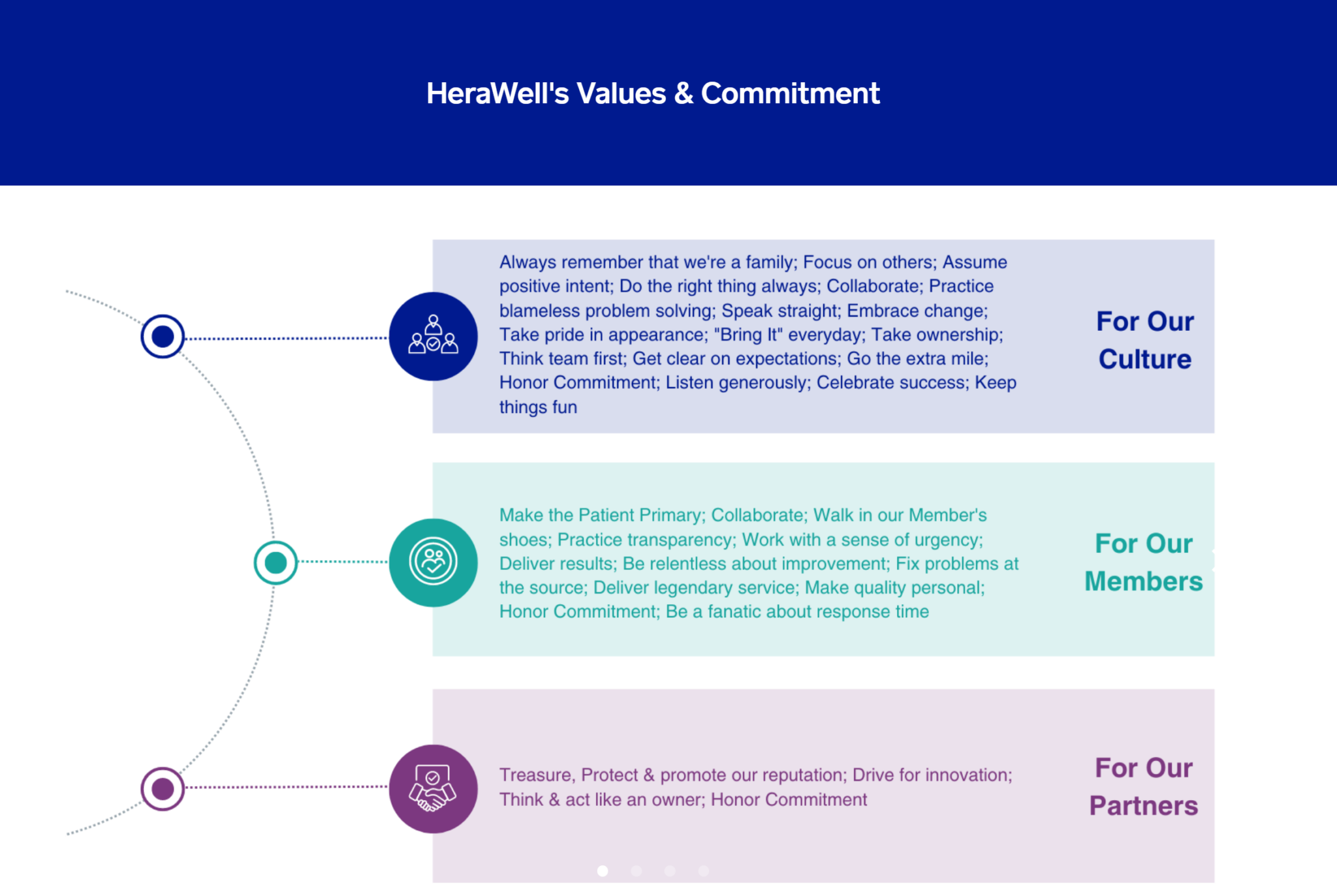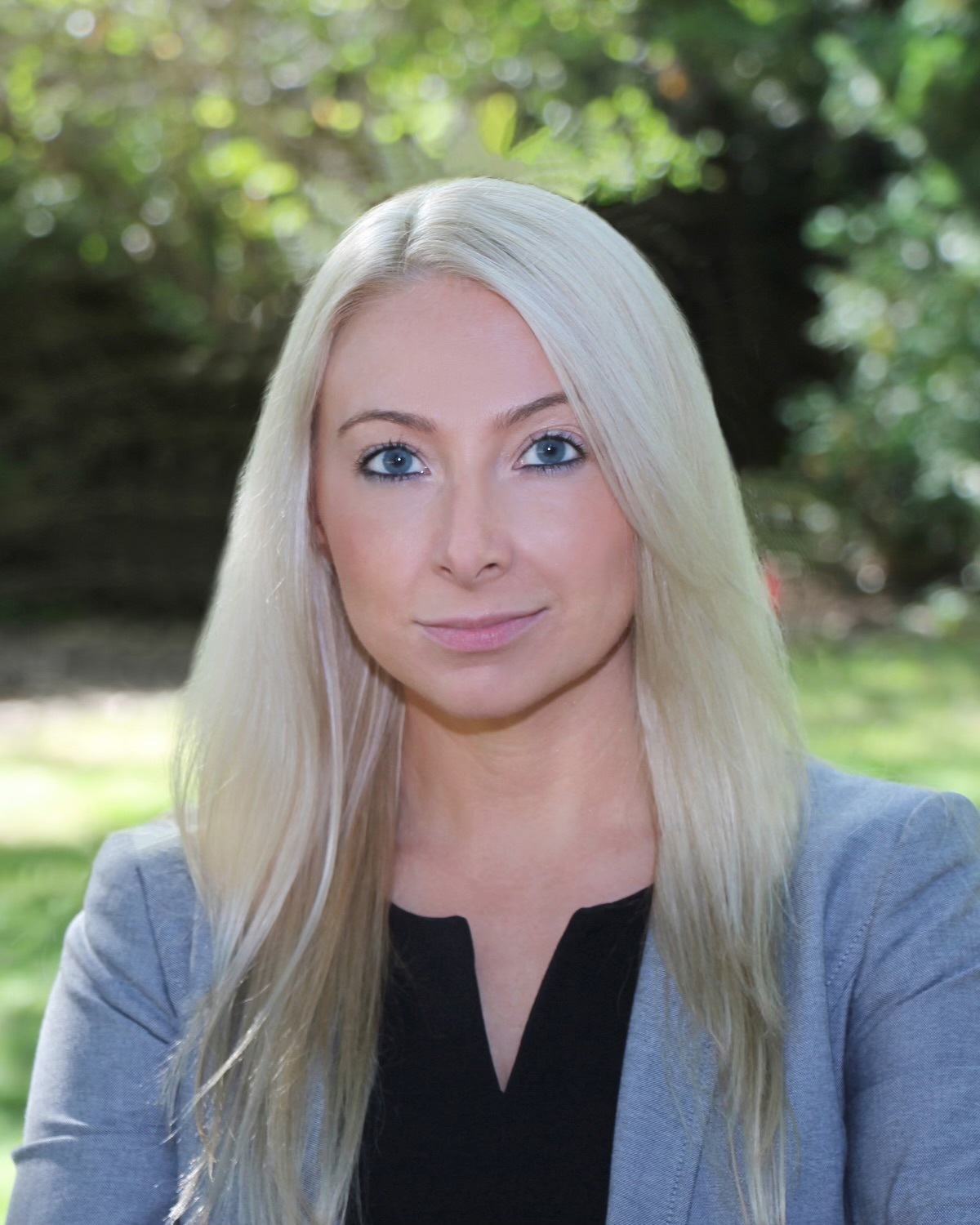We recently connected with Lindsay Joseph and have shared our conversation below.
Lindsay, thanks for joining us, excited to have you contributing your stories and insights. Let’s kick things off with your mission – what is it and what’s the story behind why it’s your mission?
The story behind our mission began with a simple, persistent frustration I witnessed across every phase of my healthcare career: incredible people doing incredibly hard work—bogged down by systems that weren’t built for them.
From consulting with health systems to leading operations across hospitals, I kept seeing the same pattern. Clinicians and administrative staff were doing their best in a fragmented environment, juggling outdated processes and disconnected tools. The inefficiencies weren’t just frustrating—they were impacting patient outcomes, staff morale, and the overall cost of care.
It was during a hospital leadership program that I helped develop a tool that addressed a complex issue most hospitals faced. It wasn’t fancy, but it worked. It reduced administrative burden, saved the hospital money, and—most importantly—helped patients get the care they needed faster. That experience stuck with me. It showed me that sometimes the most powerful solutions are the simplest ones—if they’re built with the end user in mind.
After the pandemic, I took time to reflect on what truly mattered to me. I’d seen the importance of culture and mission in nonprofit work, and I knew that if I ever built something of my own, it had to be guided by those same principles.
When my co-founder and I came up with the idea for BedConnect, it was a moment of clarity. We weren’t just solving a problem—we were returning to a purpose. Under our company, HeraWell Technologies, we’re focused on building tools that reduce unnecessary friction in healthcare so that both providers and patients can have better, more seamless experiences. BedConnect is our flagship product.
Our mission is simple but deeply personal: reduce administrative burden, empower staff, and improve outcomes for patients. We believe healthcare works best when the systems around it serve the people within it. That’s what we’re building toward—every day.

Great, appreciate you sharing that with us. Before we ask you to share more of your insights, can you take a moment to introduce yourself and how you got to where you are today to our readers.
I always thought I’d go into medicine by becoming a physician—until I took Organic Chemistry II and felt the soul drain from my body. That was my turning point. I realized I could still make a difference in healthcare, just not in the traditional way I had imagined.
I pivoted, earned my accounting degree and CPA, and landed an internship at one of the largest firms in the country. But something was missing. My heart wasn’t in spreadsheets—it was still in hospitals. That’s when I fought for a spot on the firm’s National Healthcare Advisory team. It changed everything.
Through that role, I gained a deep understanding of the healthcare ecosystem—revenue cycle, process optimization, technology implementation—you name it. What I loved most was not just identifying strategies but being part of the execution. Real changes. Tangible impact. We weren’t delivering lofty slide decks—we were improving lives.
Eventually, I transitioned into industry, overseeing Finance Operations for six for-profit hospitals. The timing was a bit rough—two weeks before COVID became national news. It was a surreal time for healthcare, and for everyone working within it. As the crisis unfolded, we adapted—but it left a lasting impact on how I viewed the work we were doing.
While I grew in my role, I joined a company leadership program that challenged us to address a complex issue impacting hospitals and their patients. My team built a simple tool that looked at the problem through a different lens. The result? Reduced administrative burden, cost savings for the hospital, and a smoother experience for patients. It’s still one of my proudest accomplishments.
Like so many in healthcare after the COVID time period, I stepped back to reflect. While I had been promoted to CFO of a hospital, a dream for many, I needed to make sure that I was still creating meaningful change. I decided to transition to a nonprofit outside of traditional healthcare and saw firsthand how culture, mission, and values could drive purpose. That experience laid the foundation for what came next.
When my co-founder and I came up with the idea for BedConnect, that old spark returned. I saw an opportunity to bring together everything I’d learned—from advisory, to operations, to mission-driven leadership—and channel it into something new. We self-funded the initial development because we believed in it—and in doing business differently. Our mission was simple but powerful: put patients first, empower staff, and build a product where everyone wins.
BedConnect is a healthcare technology platform that helps hospitals streamline patient transfers, empower post-acute care providers, reduce operational friction, and free up precious time for clinical staff. We’re not just building software—we’re solving one of healthcare’s most frustrating bottlenecks with a tool that’s easy to use and deeply impactful.
I never imagined I’d be a founder. My path hasn’t been linear—but it’s been full of purpose. And I wouldn’t trade it for anything. I’m proud of where we’ve come and excited about where we’re going. Because when healthcare works better for everyone—from patients to providers—we all win.
We’d love to hear a story of resilience from your journey.
Resilience is at the heart of every entrepreneurial journey—but for me, it came into sharp focus during the early days of building BedConnect.
I was operating at the intersection of two notoriously complex industries: technology and healthcare. At the same time, I was fully committed to my day job at a nonprofit, refusing to let that standard of excellence slip. The hours were long, the demands relentless, and the stakes deeply personal.
We identified a major gap in care coordination—one that, through our firsthand experience in healthcare, was clearly frustrating providers across the continuum of care and impacting patient outcomes. But turning that vision into a viable product meant overcoming challenge after challenge: self-funding the development of our first prototype, raising capital without any committed customers, building a technical team from scratch, writing code to solve a deeply nuanced problem, and walking away from partnerships that didn’t align with our values.
There were moments that felt overwhelming: when funding was uncertain, when late nights blurred into early mornings, when “progress” looked more like persistence. But we kept moving forward. We stayed grounded in the “why” behind BedConnect—to reduce administrative burden and improve outcomes for both patients and the providers who serve them.
To me, resilience isn’t just about grit—it’s about staying rooted in purpose when the path gets blurry. It’s about choosing to build the right way, not just the fast way. In healthcare, the stakes are too high for shortcuts. And that belief continues to guide every step we take.

What’s a lesson you had to unlearn and what’s the backstory?
One of the hardest lessons I had to unlearn early in my leadership journey was the belief that speed equals success.
Coming from a fast-paced healthcare environment where directives were expected to be executed yesterday, I internalized the idea that moving quickly was the best signal of momentum. But over time, I saw that in healthcare—where the stakes are human lives—speed without strategy can be a serious liability.
Rushing a solution without fully understanding the problem can cause more harm than good. I realized that building technology for real people, in real healthcare settings, isn’t about being first to market—it’s about getting it right. That means listening more closely to users, mapping out the nuances of workflows, and making thoughtful decisions that can scale sustainably.
Unlearning this mindset was humbling. It forced me to rethink what progress really looks like and to get comfortable moving more deliberately—especially when it came to product development and stakeholder alignment.
Now, I see patience and precision as competitive advantages. With BedConnect, we’ve intentionally designed a solution that integrates seamlessly into existing healthcare systems—not just a minimum viable product to check a box. That shift in mindset has made me a better leader, and it’s made our company stronger.
Contact Info:
- Website: https://www.herawell.io/
- Linkedin: https://www.linkedin.com/in/lindsay-a-joseph-13853b31/
- Other: https://www.linkedin.com/company/herawelltech



